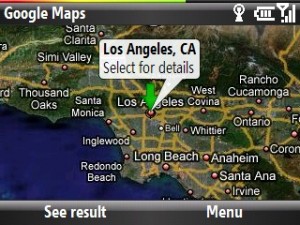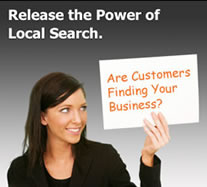So you have a website and it looks great. You click over there every five minutes and admire it. The only problem is you’re the only person on the planet who knows of its existence. In other words, you’ve got no traffic.
No traffic means no prospects. No prospects, no sales. No sales…well your online marketing strategy sucks!
Traffic is the foundation of your online marketing strategy. Before you figure anything else out, you’ve got to figure out how to get traffic. This article is designed to give you some ideas on how to do this.
Paid or Free Traffic?
Traffic falls into two categories: paid and free. You can actually pay to have visitors come to your site in a variety of ways. You can buy exit traffic from other websites. You can place ads on other folk’s websites. Or, best of all, you can run PPC (pay-per-click) ads with Google, Yahoo, MSN, and a number of other search engines.
The only problem with paid traffic is that, well…you have to pay for it. If you’re new to online marketing, you probably should stay away from traffic you buy, at least for a while, and learn how to use what’s called search engine optimization or SEO to create free traffic.
Free Traffic
 “Free” or organic traffic is traffic that comes to your site from a search by prospects on a search engine. So, let’s say someone is new in a town like Irvine, CA and wants to find a dentist in their area. What do people do nowadays? A recent Nielsen-Online study showed that by far the majority of shoppers turn to the Internet first in order to gather information.
“Free” or organic traffic is traffic that comes to your site from a search by prospects on a search engine. So, let’s say someone is new in a town like Irvine, CA and wants to find a dentist in their area. What do people do nowadays? A recent Nielsen-Online study showed that by far the majority of shoppers turn to the Internet first in order to gather information.
People generally find information on the Internet by using a search engine. If you are a dentist in Irvine, it would be beneficial to optimize your site for a search term such as “Irvine Dentist” or “Dentist – Irvine, CA. And, since 60%+ of all searches are currently done on Google, you can see how getting your website to rank highly in the top search results for an Irvine dentist could lead to your getting a ton of free traffic.
The “science” of getting your site to rank highly is called search engine optimization, or SEO. There’s quite a lot to know about SEO, but it basically boils down to two things: 1) writing quality content that addresses the needs of your visitors, and 2) getting other sites, like online directories or community portals, to link to your site using the keyword phrase you would like to rank for.
While there are several strategies you can employ to attract traffic to your site, paid and/or free traffic serve as a good foundation to get you started. Organic traffic is recommended when starting out, followed up by paid traffic to attract even more visitors.
To learn more about traffic generation and getting a custom local search marketing campaign, contact us today!

